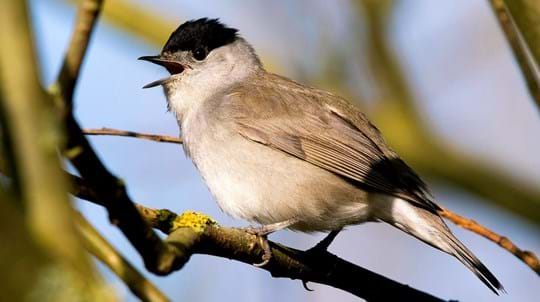
Credit: Hermann Brehm / naturepl.com
How do restarts breed?
Redstarts are summer migrants, arriving from central Africa to breed in the UK between April and September.
Nests are built in tree cavities and sometimes also nest boxes where the female lays six or seven light blue eggs. Chicks hatch after two weeks of incubation and spend another 16-17 days in the nest before fledging.










